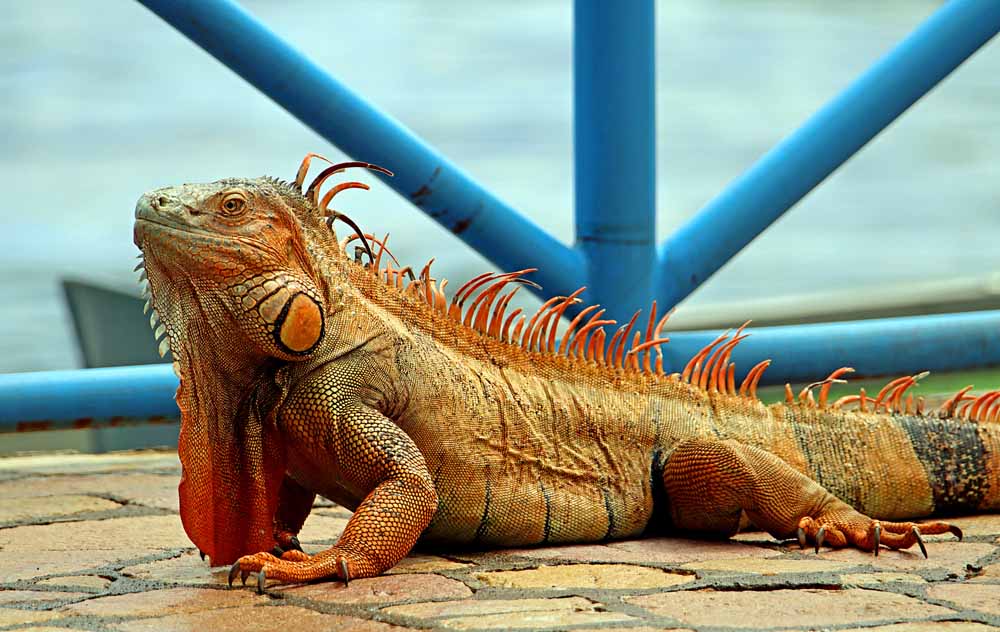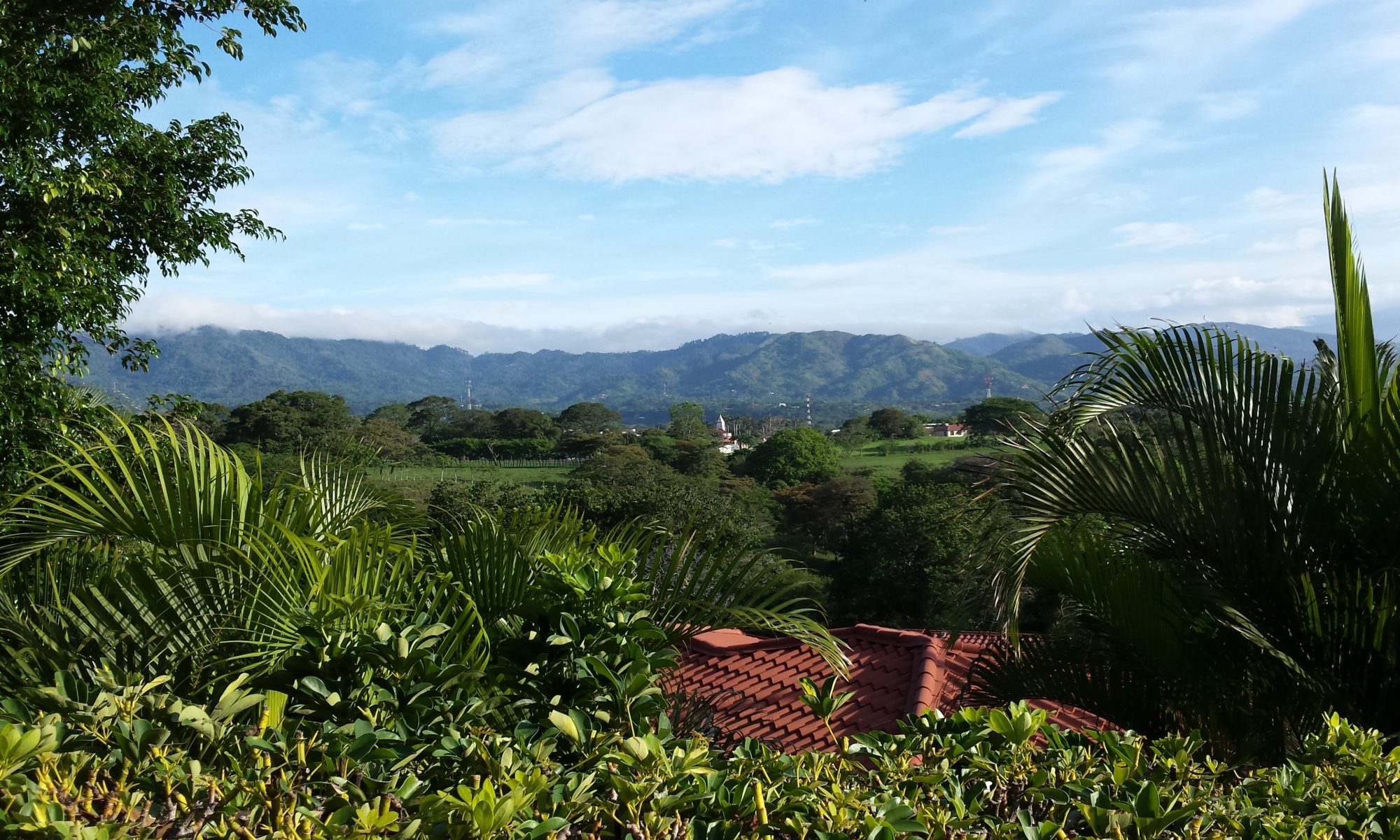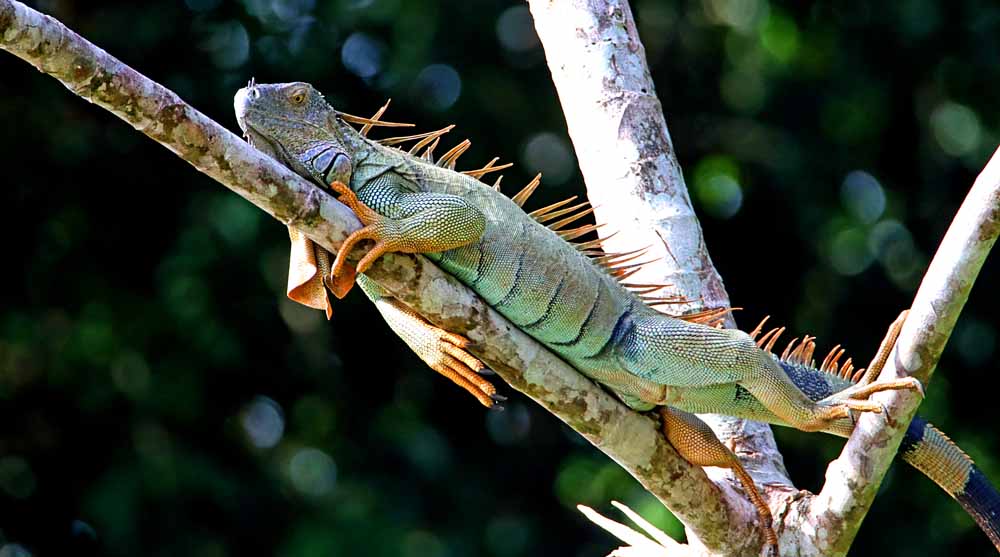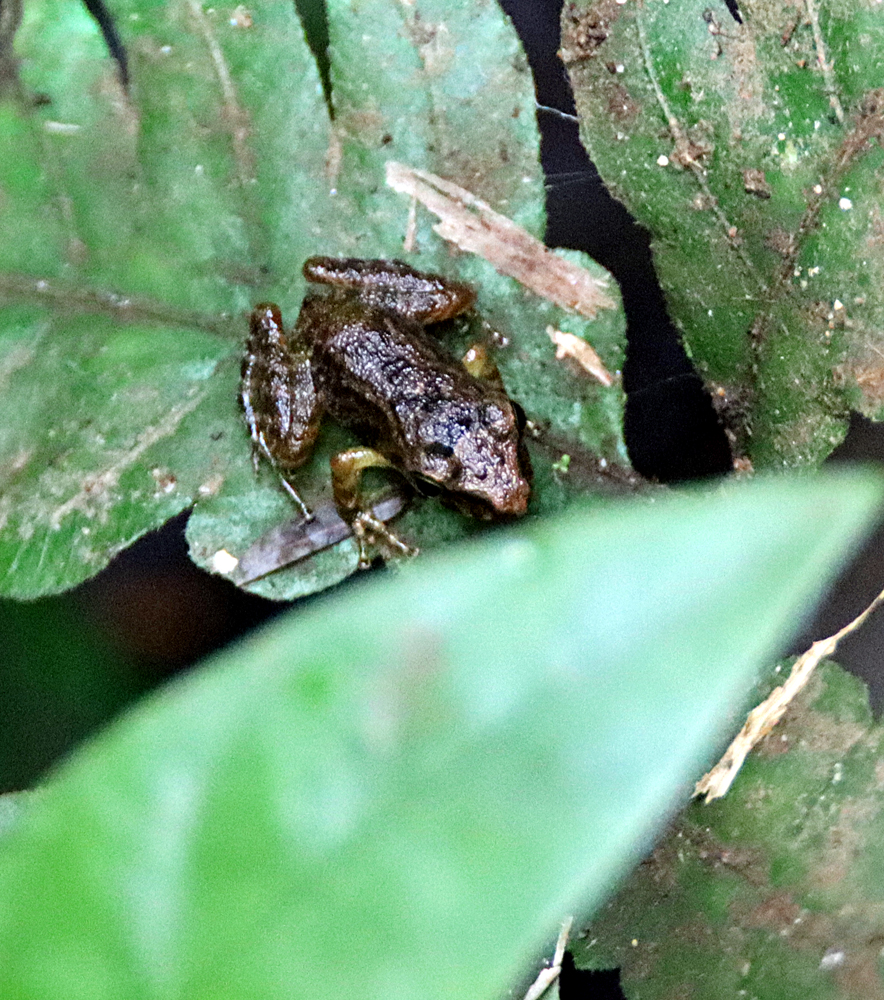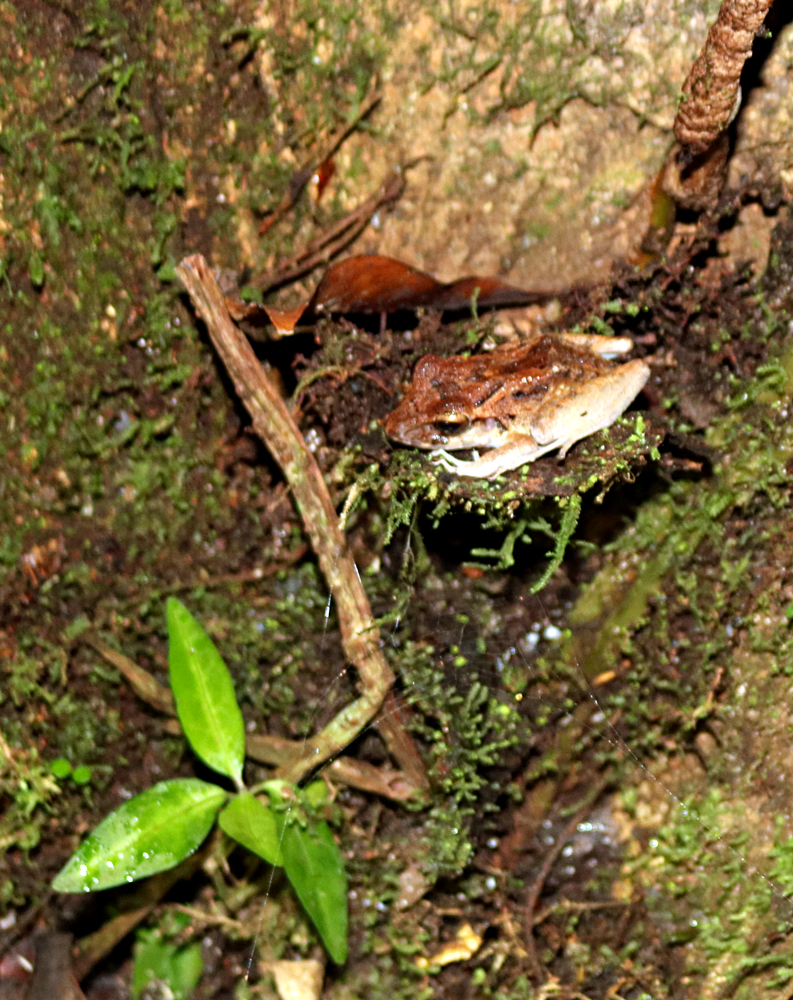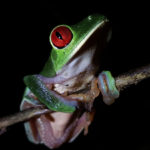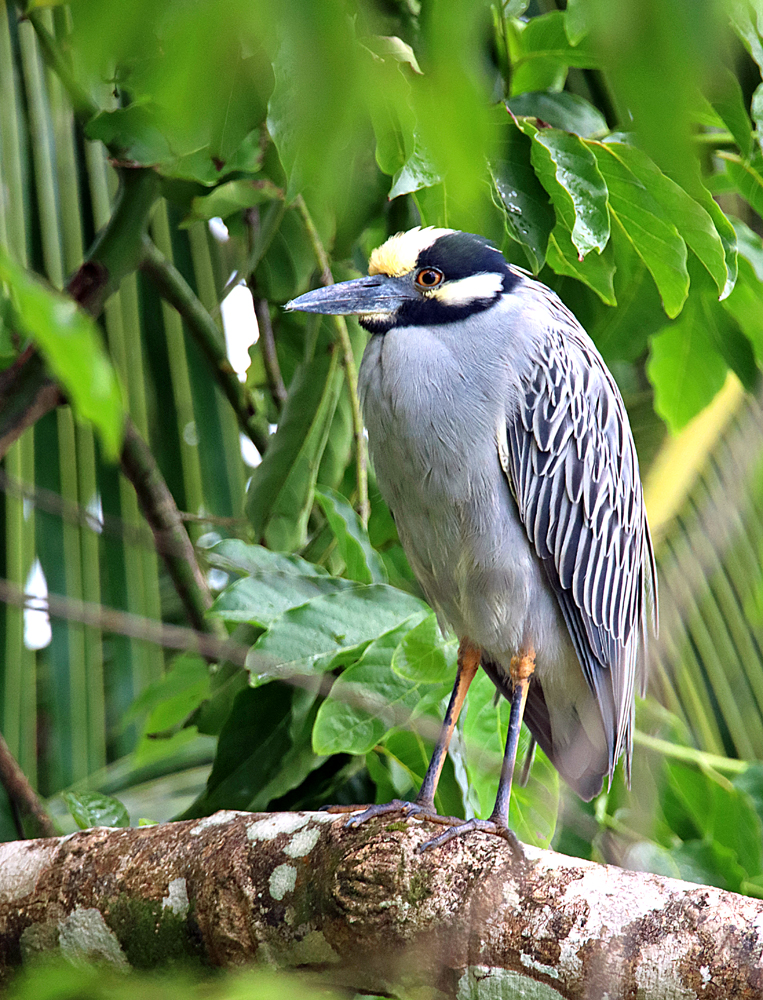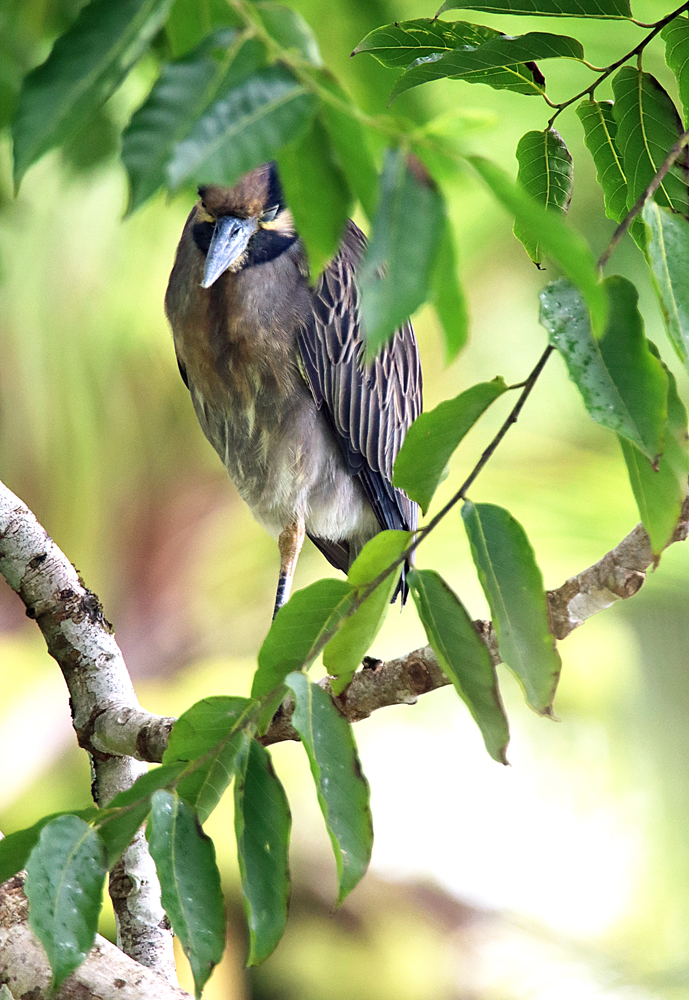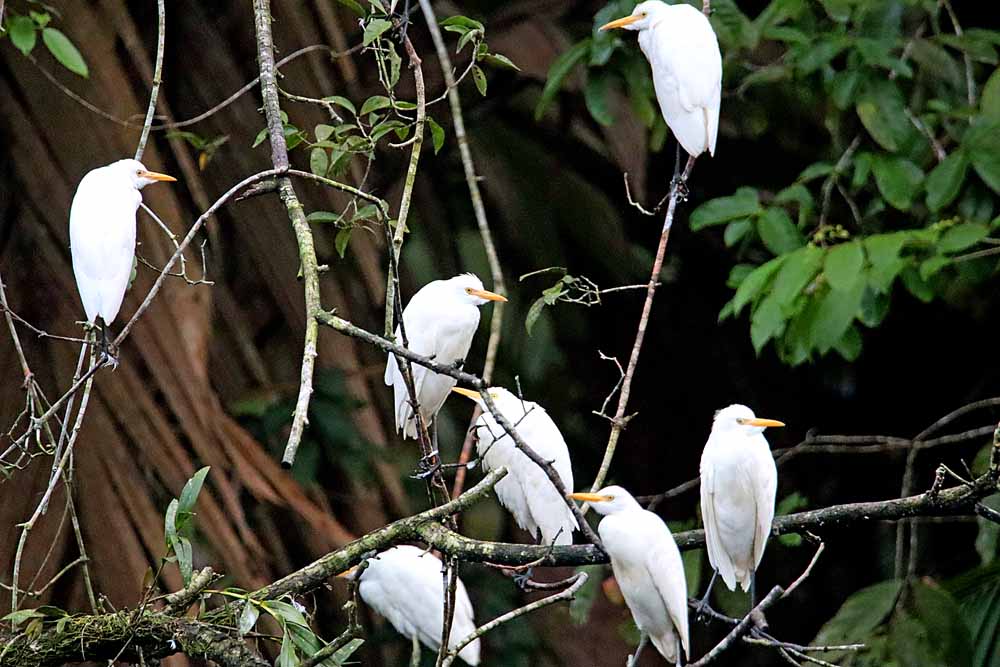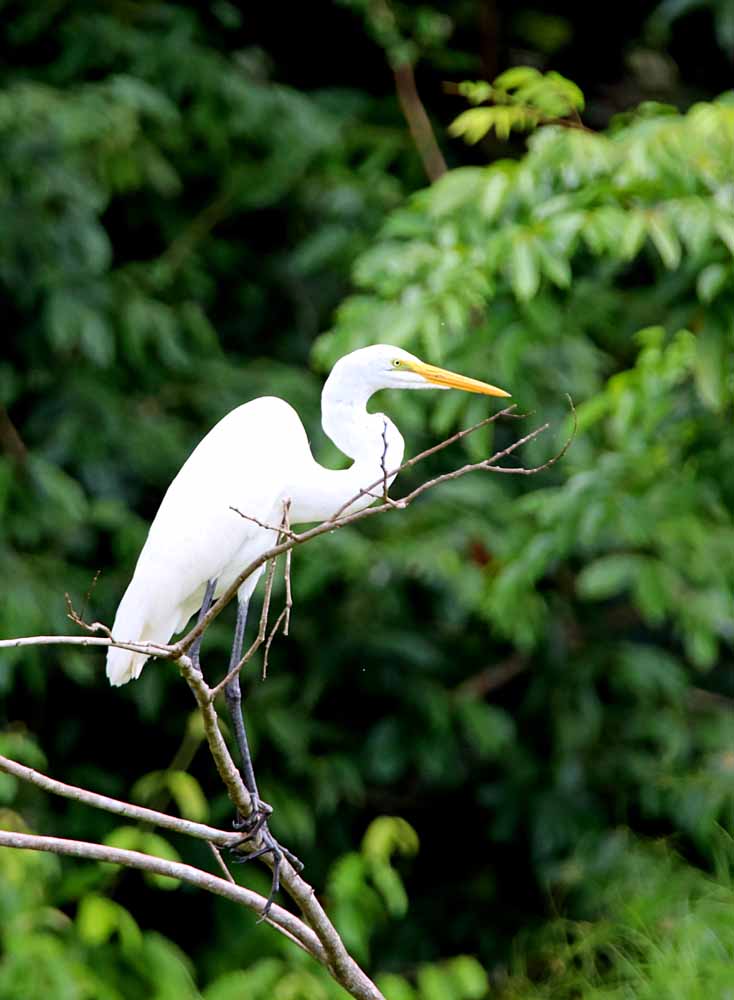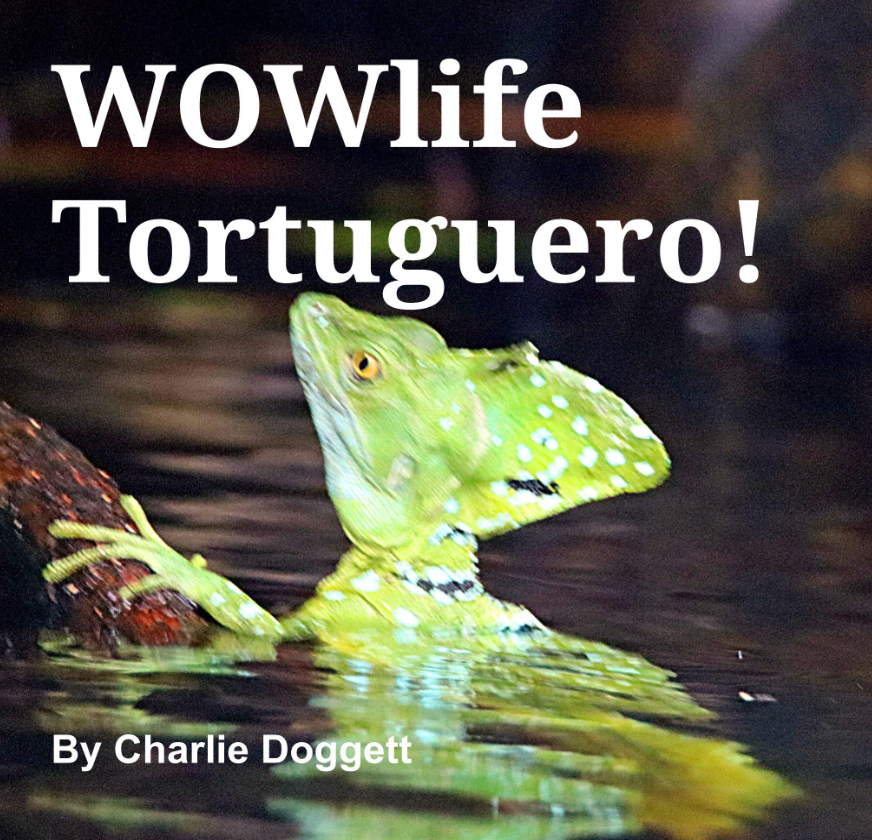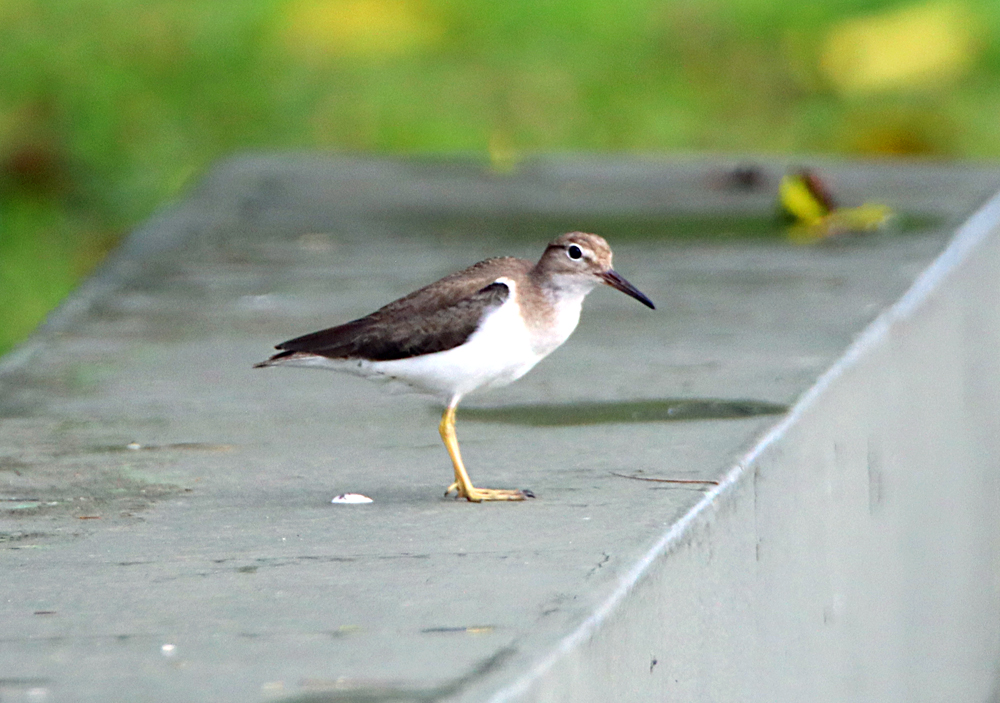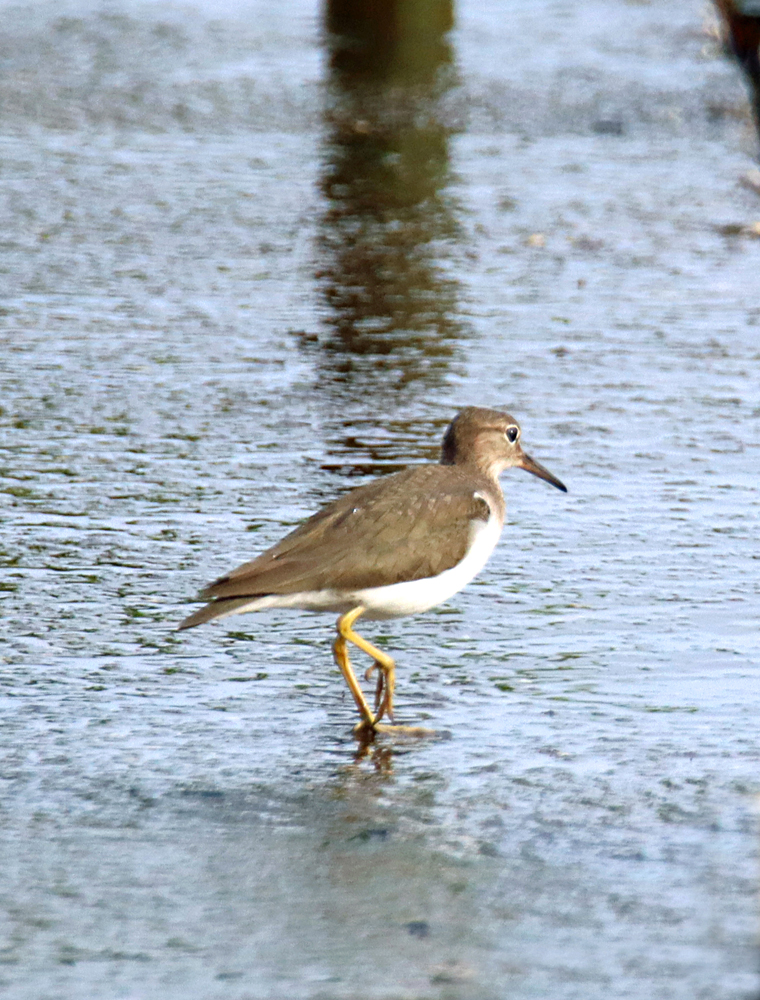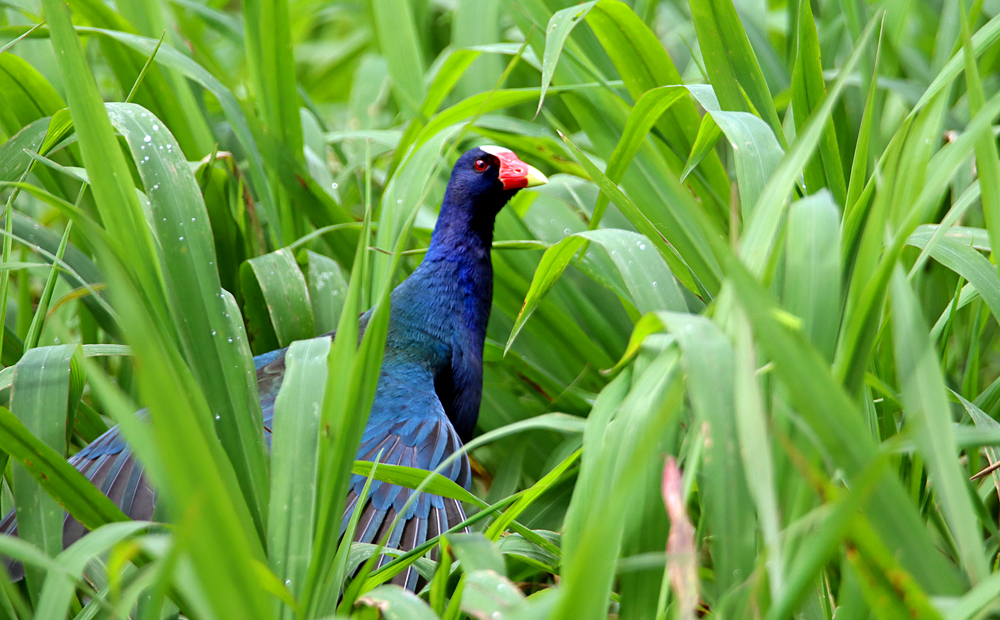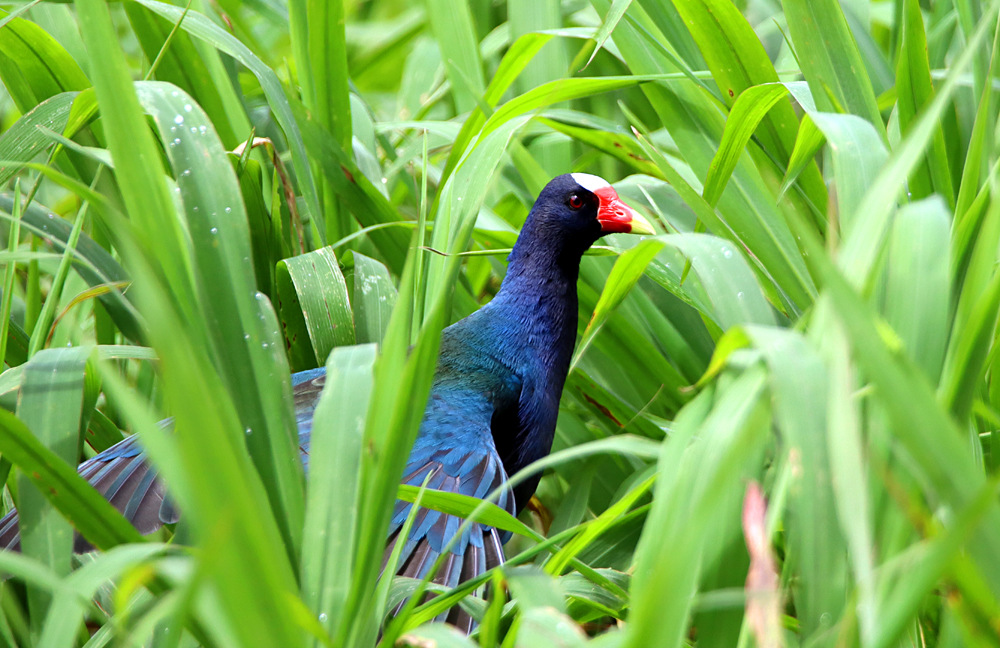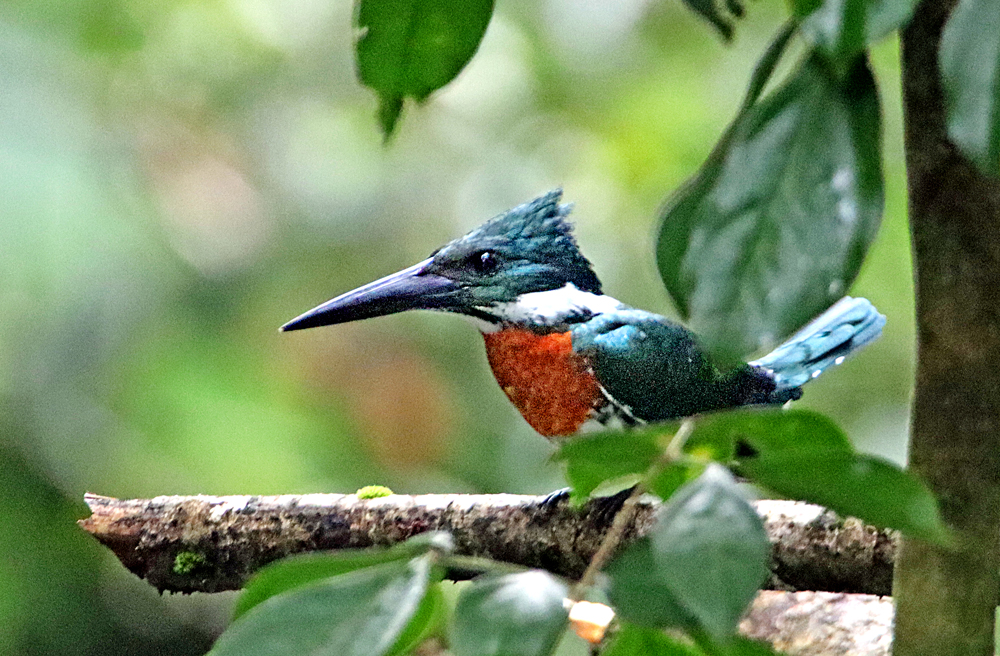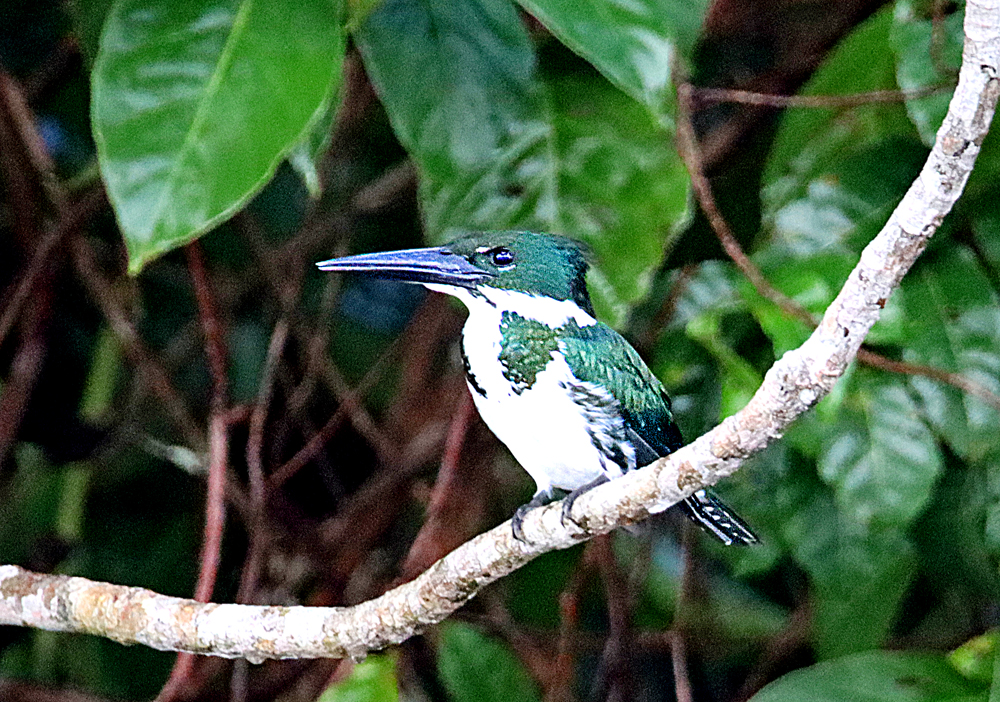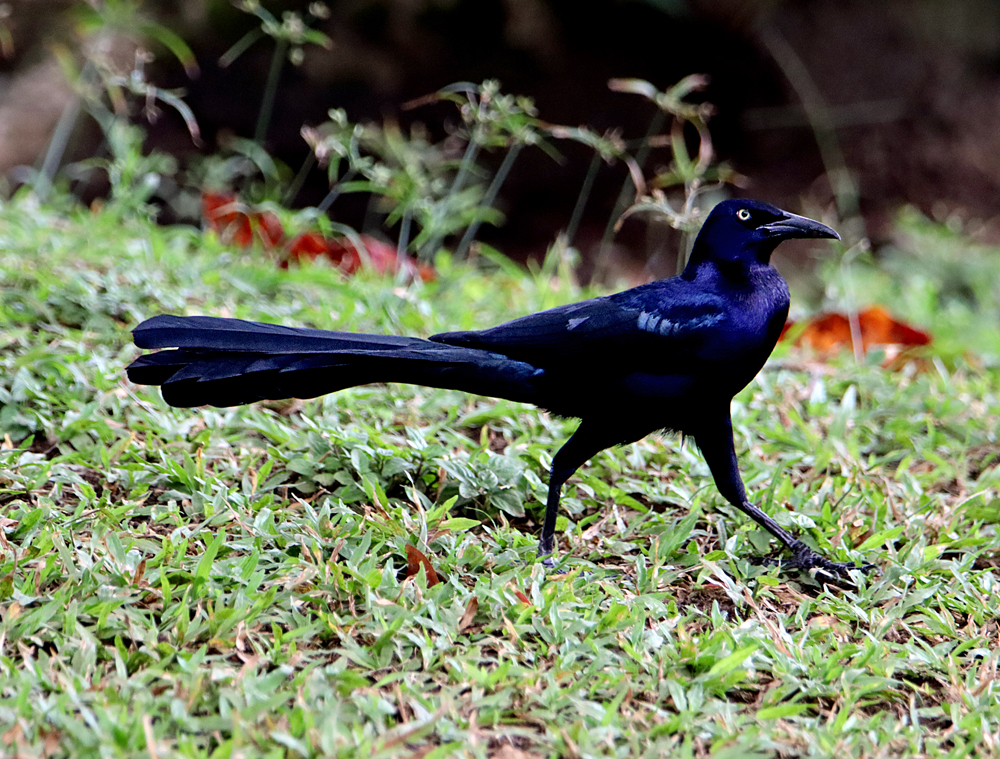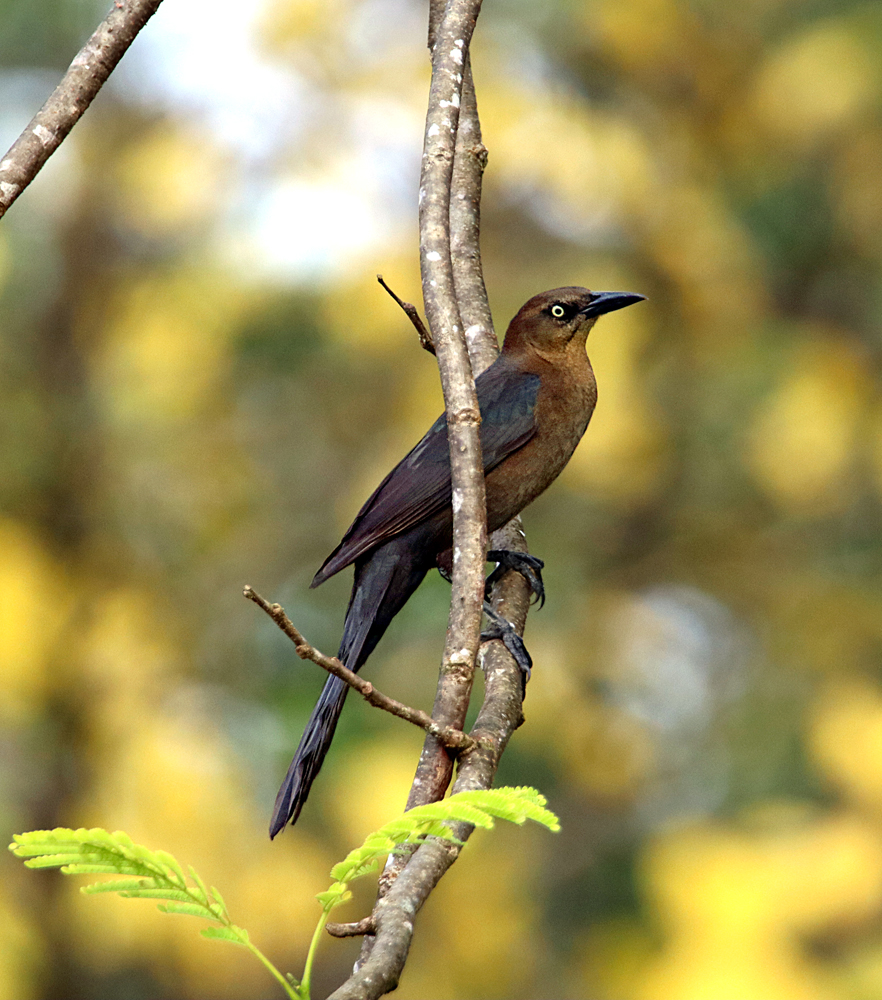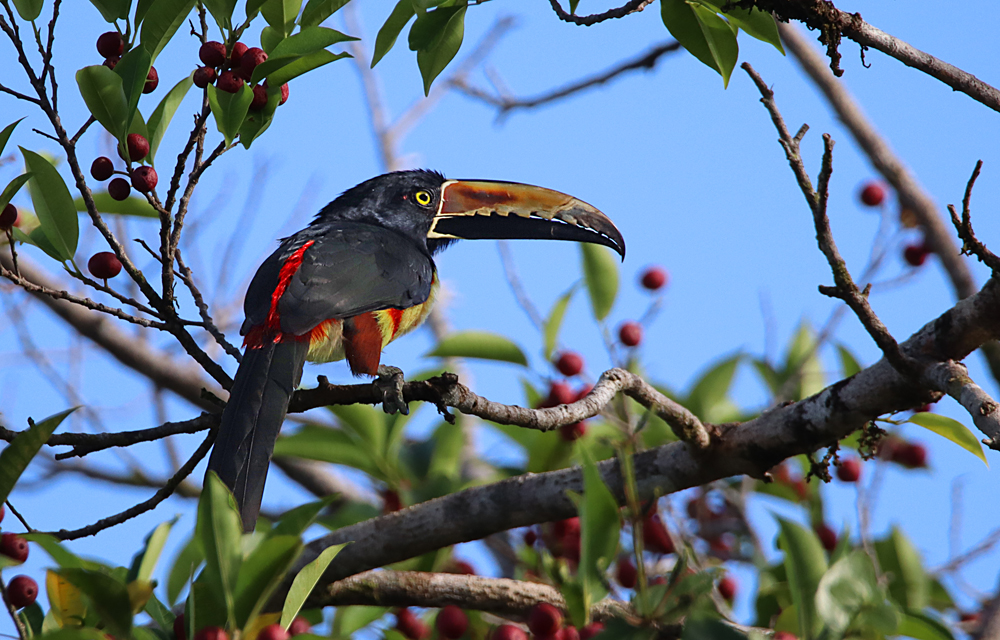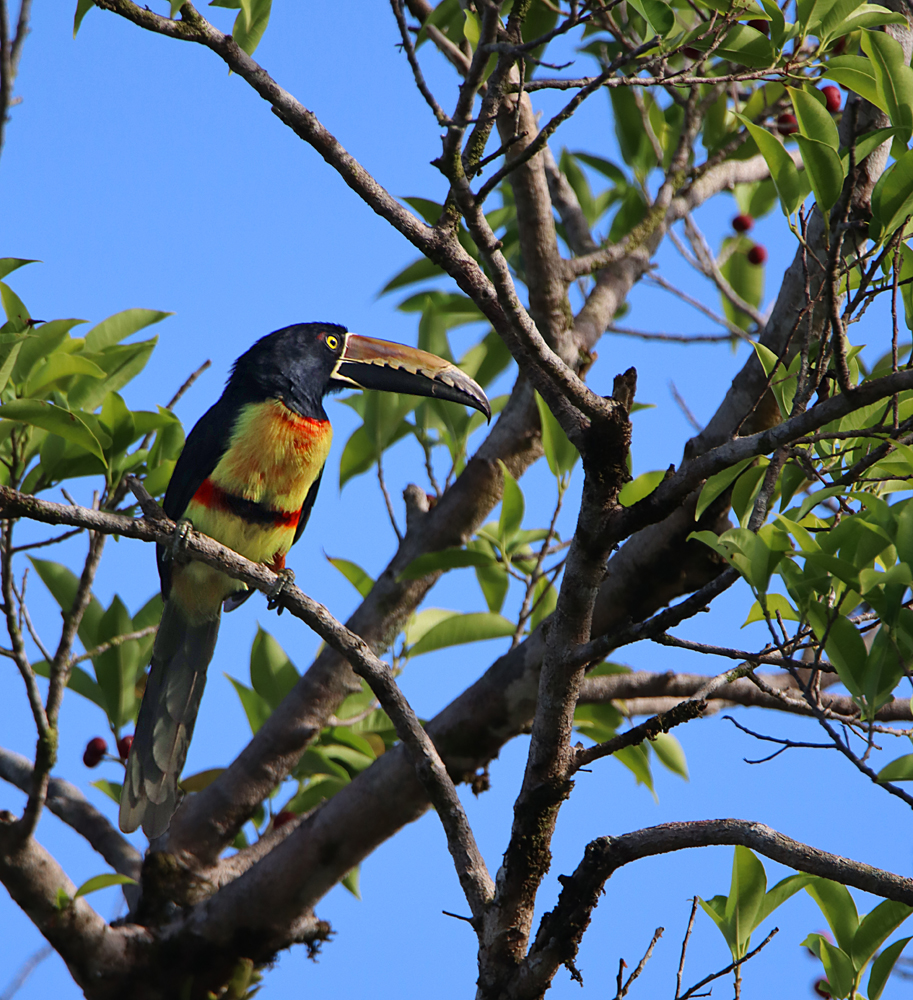I see them everywhere I go in Costa Rica, even occasionally in my yard, but I still continue to be amazed by the prehistoric looking, dinosaur-like creature! On the Caribbean Coast, where Tortuguero is located, you find only the Green Iguana; while on the Pacific slope you can find both the Green and the Common Spiny-tailed Iguana, and that includes Atenas where I live,s which is on the Pacific Slope. All four of these photos are Green Iguanas and if you don’t already know, the orange colors come to only the males during mating season, which supposedly attracts the females more than the green or brown colors. 🙂 I shared a face-shot of the all-orange one in an earlier blog post.
